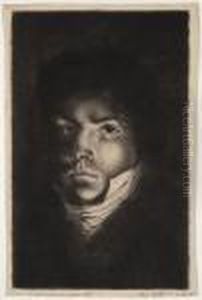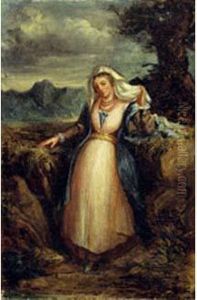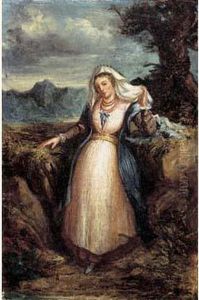Frederic Villot Paintings
Frédéric Villot was a French art collector, engraver, and painter, but perhaps most notably, he served as the head custodian of the Louvre paintings under the reign of King Louis-Philippe I. Born on March 23, 1809, in Paris, Frédéric-Jean Villot spent much of his life in the sphere of art and culture. While his own artistic endeavors were modest, his greatest impact on the art world was through his role at the Louvre and his personal relationships with prominent artists of his time, such as Eugène Delacroix.
Villot's career at the Louvre began in 1846, and he became known for his innovative approaches to curating and displaying the museum's collection. He was particularly involved in the reorganization of the Italian and French schools of painting, which enhanced the viewing experience for visitors. His work at the Louvre was part of a broader movement in the 19th century that sought to make art more accessible to the public, a departure from the more private or elitist collections of the past.
Apart from his professional contributions to the museum, Villot was a close friend and confidant of Eugène Delacroix. He frequently visited Delacroix's studio and became one of the painter's executors after his death. Villot's connection to Delacroix helped facilitate the artist's posthumous fame and the preservation of his legacy. He was also instrumental in acquiring works by Delacroix for the Louvre's collection.
As an engraver and painter, Villot's own works did not achieve the same level of recognition as those of his contemporaries. However, his artistic sensibilities and his understanding of the art world were invaluable in his role as a custodian of the Louvre. Villot's influence extended beyond the walls of the museum as he was involved in the wider cultural politics of France during a time of significant change.
Frédéric Villot died on March 5, 1875, in Paris. While he may not be as widely remembered as the artists he championed or collected, his contributions to the administration of the Louvre and his efforts to promote art and artists of the 19th century have left a lasting imprint on the history of the museum and on the art world in general.


